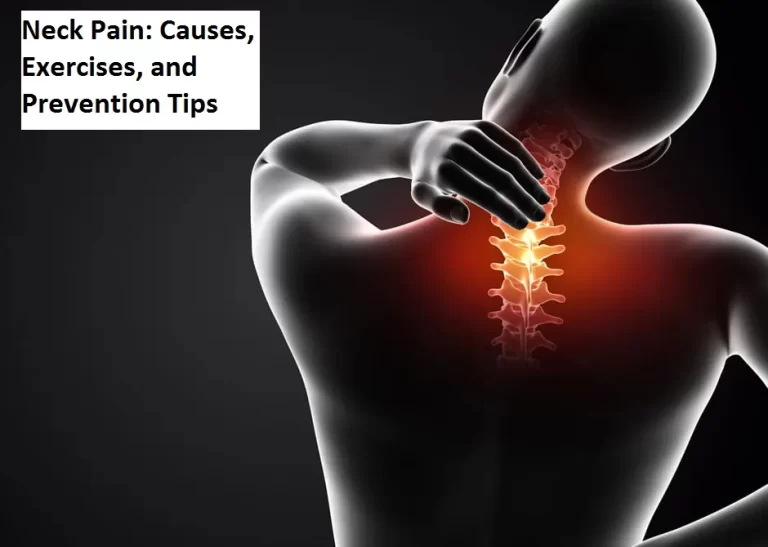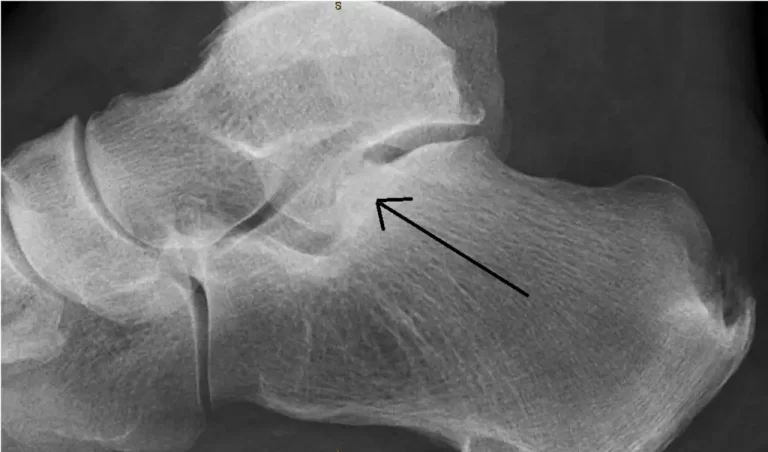Bayonet deformity of the wrist
Table of Contents
Definition
Bayonet deformity is a term used for wrist deformity which is commonly seen in some serious wrist-related injuries. It looks like the shape of a fork, so it is also called a dinner fork deformity. It can be seen secondary to a prominent distal ulna as a result of dorsal subluxation. This deformity is commonly associated with the following conditions:
- Madelung deformity
- Hereditary multiple exostoses with pseudo-Madelung deformity retarded bone growth of the distal ulna with outward bowing of the radius with distal radioulnar joint subluxation.
Causes of Bayonet deformity
- Wrist fracture mainly after Colle’s fracture
- Fall on Overstretched hand (Most usual in babies)
- People who are suffering from osteoporosis
- Traumatic accident
- Sportsmen, skiers .skaters, and bikers.
- Calcium deficiency is not the exact cause but a supporting factor for the deformity.
- From Birth (Congenital deformity)
Symptoms of Bayonet deformity
- The person was having difficulty moving the wrist joint.
- The pain becomes worse when the wrist is flexed.
- Wrist joint stiffness mainly wrist extension and supination
- Distal ulna prominent (Wrist dorsal subluxation)
- There is swelling around the wrist area.
- The surrounding area becomes tender to the touch.
- Bruising is expected as an outcome of severe impact.
- There is numbness in hand.
- Fingers may become pale.
- The person has some difficulty gripping anything.
Findings
- Dorsal tilt
- Radial shortening
- Loss of ulnar inclination
- Radial angulation of the wrist
- Dorsal displacement of the distal fragment.
Diagnosis
- Diagnosis is most often made upon the interpretation of posteroanterior and lateral views of X-Rays alone.
Treatment of Bayonet deformity
Medical treatment
- Symptomatic medical treatment involves upper limb Elevation, Compression, and Medication.
- Corrective splint if required
Surgical treatment
- It involves the management based on the severity of the fracture.
- An undisplaced fracture may be treated by only using a cast.
- A fracture with mild angulation and displacement can need to be a closed reduction.
- Significant angulation and deformity can need an open reduction and internal fixation or external fixation.
Physiotherapy Treatment
Physiotherapy treatment depends upon the condition of the patient. Mainly after removal of the Cast, Wrist mobilization, stretching of tight muscles around the wrist, deformity corrective splint/brace with exercise, and if wrist pain, or stiffness is present then use the paraffine wax bath for instant relief., Transcutaneous electrical nerve stimulation (TENS).
Exercise for Bayonet deformity
In the first week
- After removal of the cast-check out for the mortar cast any tragedy or an excessive amount of tightness happen or not.
- The sling should be checked out it will be with proper neck cushioning.
- Based on the edema should be treated with height and back rub from fingertip to palm.
- Dynamic Range of movement practice in non-affected side digit, thumb, elbow, and bear joint to forestall solidness.
- On the affected side, just supination and pronation are not permitted generally all other development empower.
In the second week
Recasting should be suggested if the cast is too loose or cracked. Start some range of motion exercises.
Wrist extension and flexion

- Rest the forearm on a table.
- Have the hand hang over the shelf with the palm facing down.
- Slowly move the hand upward until you feel a slight stretch.
- Lower the hand further to the initial position.
Supination and pronation exercise

- The patient should be in a sitting position and lay the hand flat on the leg with the palm facing down.
- Gently turn the handover, so that the palm is facing up.
Opening and closing fist exercise

- Initiate with the fist closed (not too tightly).
- Slowly open the palm, stretching the fingers outwards.
- Close the fist again.
After the second week
Raised fist stretch
- To perform this stretch:
- Begin with the arm up beside the head, with the hand open.
- Make a fist, keeping up the thumb outside of it.
- Slide the fingers toward your wrist until you feel a stretch.
Wrist rotations

To perform this stretch:
- Stretch the arm outward in front of you.
- Gently, point the fingers down until you feel a stretch.
- Use the opposite hand to slowly pull the raised hand toward the body.
- Maintain this movement for 5 to 10 seconds.
- Point the fingers toward the ceiling until a person experiences a stretch.
- Use the opposite hand to gently pull the raised hand toward the body.
- Maintain this position for three to five seconds.
- Do it further 3 times.
Prayer position
To perform this stretch:

- Sit with the palms together and the elbows on the table in a prayer position.
- Lower the sides of the hands toward the table until a person feels a stretch.
- Keep the palms together.
- Hold this position for five to seven seconds.
- Relax.
- Do it further 3 times.
Hooked stretch
To perform this stretch:

- Hook one elbow beneath the other and pull both arms towards the center of the torso.
- The person should feel a stretch in the shoulders.
- Muffle one arm around the other so that the palms are touching.
- Hold the position for ten-twenty seconds.
- Change the arms and repeat it on the other side.
Finger Stretch
To perform this stretch:

- Bring the little and ring fingers together.
- Discrete the middle and index fingers from the ring finger.
- Repeat the stretch ten times.
Fist-opener
To perform this stretch:
- Make a fist and maintain it in front of you.
- Stretch the fingers until the hand is flat and open, with the fingers together.
- Repeat the movements 5-10 times.
Sponge-squeeze
To perform this stretch:

- Press a sponge or stress ball, making a fist.
- Hold the position for 5-10 seconds.
- Relax.
- Repeat this 5-10 times.
Windshield wiper wrist movement
To perform this stretch:

- Start with the hand face down on a table.
- slowly, point the hand to one side as far as it may go without moving the wrist.
- Maintain it there for 5 to 10 seconds.
- Perform the same on the opposite side.
- Repeat the movement 5 times on each side.
Wrist-strengthener
To perform this stretch:
- Get into position on the hands and knees, with the fingers pointing toward the body.
- Gently lean forward, keeping the elbows straight.
- Hold the position for 10- 20 seconds.
- Relax, then do it further.
Wrist turn

- Bend the elbow to 90 degrees with the palm facing down.
- Rotate the forearm, so that the palm faces up and then down.
- The patient can stand or sit to perform this.
Hand wave

- Support the forearm on a table on a rolled-up towel for padding or on the knee, thumb facing upward.
- Start movement of the wrist up and down through its full range of motion, as if you are waving.
FAQ
A bayonet (from French baïonnette) is a knife, dagger, sword, or spike-shaped instrument designed to fit on the end of the muzzle of a rifle, musket, or similar firearm, permitting it to be used as a spear-like weapon. From the seventeen century to World War I, it was used as a weapon for infantry attacks.
The inventor is unknown, but the first bayonets originated in Bayonne, France, in the early 17th century and became popular among European armies.
Bayonet apposition tends to be a fracture in which the 2 bone fragments are aligned side-by-side rather than end-to-end contact.
Bennett fracture is the most usual fracture involving the base of the thumb. This fracture tends to be an intraarticular fracture that separates the palmar ulnar aspect of the 1 metacarpal base from the remaining first metacarpal.
bā-ə-ˈnet. : a steel blade attached at the muzzle end of a shoulder arm (like a rifle) and used in hand-to-hand combat.







